Easy Sweet Potato Quiche with 3 Types of Cheese
We may earn a commission from recommended products, at no extra cost to you. See Disclosure.
INGREDIENTS
Dough:
- 2½ cups/350 grams all-purpose flour
- ⅔ cups/150 grams cold butter, diced
- 1 cup+ 1 tablespoon/255 milliliters Greek yogurt
- 1 teaspoon salt
Filling:
- 4 medium potatoes, peeled and cut into chunks
- 1½ cups/150 grams Gouda cheese, grated
- 3 eggs
- 1 cup/240 milliliters Greek yogurt
- 1 tablespoon cream cheese
- 1 cup+ 1 teaspoon/250 milliliters heavy whipping cream
- 1 cup/150 grams mozzarella balls
- ½ teaspoon salt
- ½ teaspoon black pepper
INSTRUCTIONS
- Process all the dough ingredients in a food processor and refrigerate for half an hour.
- Cook the sweet potatoes in boiling water with a teaspoon of salt for 7 minutes until softened, then transfer to a bowl.
- Preheat the oven to 355°F (180°C).
- Grate the Gouda cheese and set aside. In another bowl, mix eggs, yogurt, cream cheese, whipping cream, pepper, and salt. Set this mixture aside.
- Roll out the dough to a thickness of about 3 mm, cut a circle using a 24 cm diameter ring or a round springform pan of the same diameter. Roll out the remaining dough again, cut two strips to cover the edges of the pan, press well, and cut the remaining dough with a knife.
- Sprinkle a handful of Gouda cheese at the bottom, add the potato chunks, and top with another handful of Gouda. Pour the filling mixture over and sprinkle the mozzarella balls on top. If there are leftover potato chunks, spread them too.
- Bake for 75-90 minutes or until set.
- Remove from the oven and let it cool for about half an hour. Do not remove the sides of the pan before cooling; the quiche needs to stabilize.
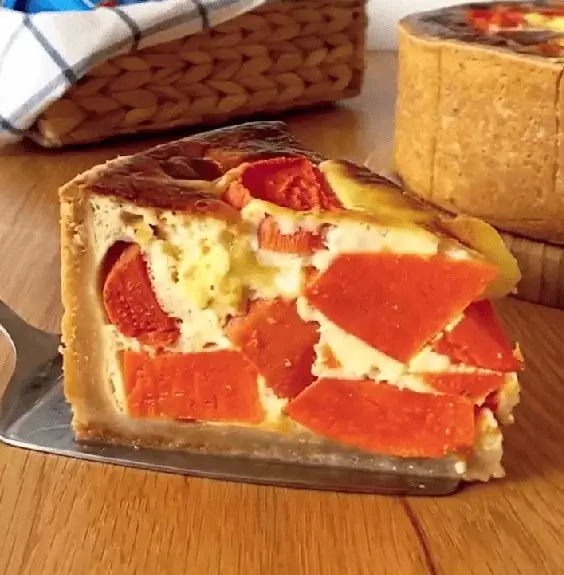
FAQ
Why is this sweet potato quiche easy to make?
This sweet potato quiche is made easy by utilizing a food processor for quick dough preparation and incorporating simple, common ingredients. Boiling sweet potatoes briefly adds ease to their preparation. The assembly process involves uncomplicated steps, such as rolling out the dough and layering ingredients. The recipe emphasizes the use of standard kitchen tools like a round springform pan, ensuring accessibility for home cooks without specialized equipment. With minimal cooking steps and clear instructions, this quiche is approachable for individuals with varying levels of culinary experience, making it a convenient and delightful dish to prepare.
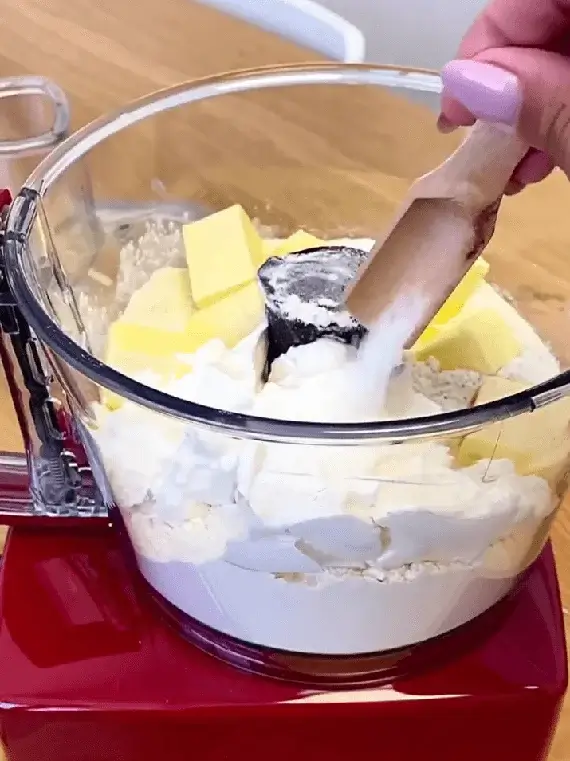
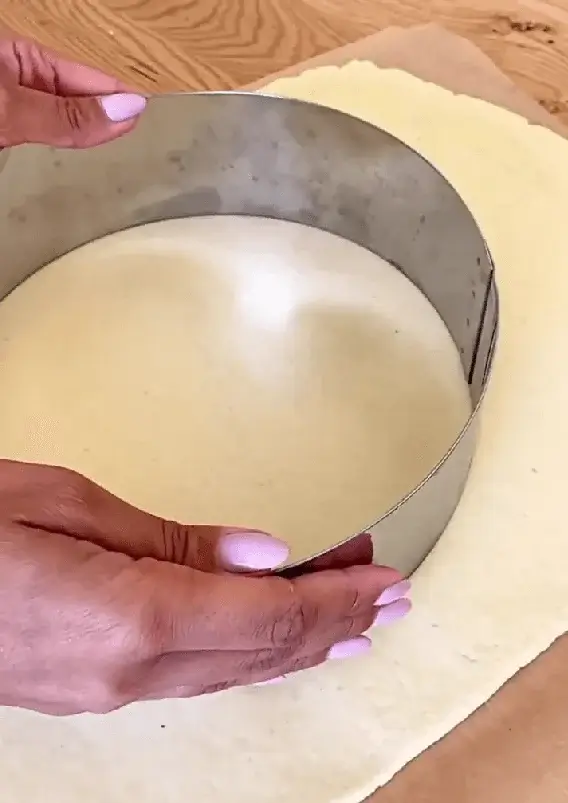

Tips for making the best dough for this easy sweet potato quiche
To create the perfect quiche dough, start with chilled butter and yogurt for a flaky texture. Accurate measurements are crucial for consistent results. Gently mix the ingredients to avoid a tough crust, and refrigerate the dough adequately for improved texture and handling. Roll the dough evenly to the specified thickness, using parchment paper to prevent sticking. Consider blind baking the crust for a crispier bottom. Adjust flour as needed to achieve the desired consistency, and experiment with flavor enhancements like herbs or spices. Patience is key; follow each step carefully, allowing time for the dough to rest and ensuring optimal results.
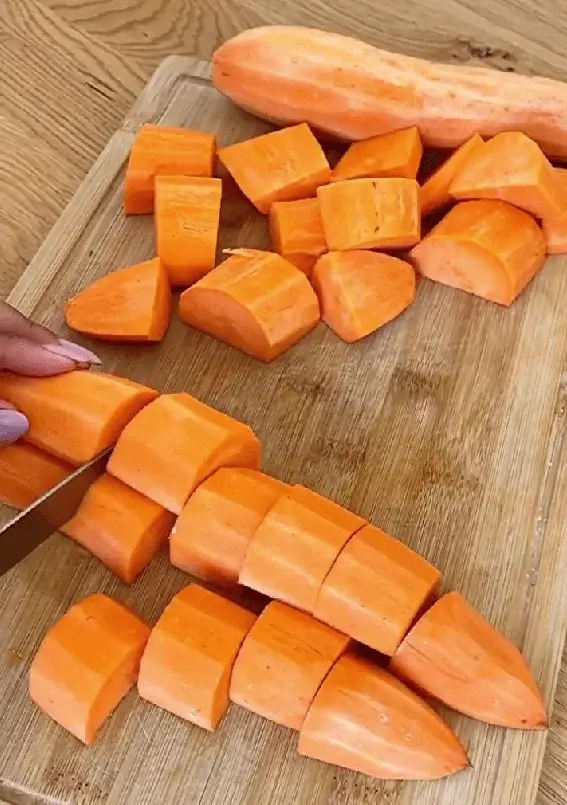
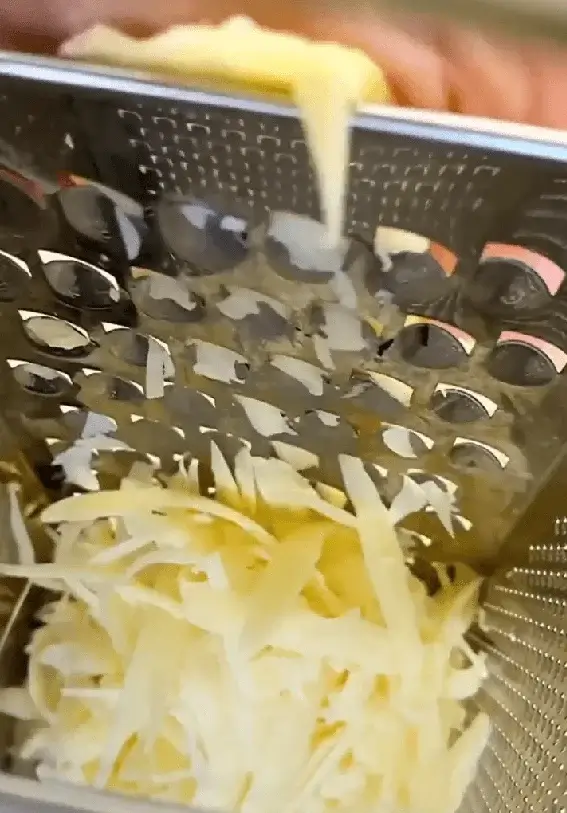
Can I use other types of cheese for this recipe?
Several types of cheese can complement the sweet potato quiche recipe. Consider options like sharp cheddar for a robust flavor, creamy feta for a tangy twist, or Swiss cheese for a nutty profile. Gruyère adds a rich, earthy taste, while mozzarella provides a gooey melt. Experiment with combinations, such as a blend of Parmesan and Gouda for depth.



Nutritional value of sweet potato
Sweet potatoes are a nutrient-dense powerhouse, offering a wealth of health benefits. Packed with vitamins like A, C, and B6, they support immune function, skin health, and cognitive development. Rich in fiber, they aid digestion and promote a feeling of fullness. The vibrant orange hue signifies high beta-carotene content, essential for vision and antioxidant defense. Additionally, sweet potatoes boast minerals such as potassium and manganese, crucial for heart health and bone formation. With a low glycemic index, they provide sustained energy.


Why is my quiche falling apart?
Several factors can contribute to a quiche falling apart. Overmixing the filling can lead to a loose texture. Insufficient binding agents, like eggs or cream, may result in a crumbly consistency. Underbaking the quiche could leave it too soft. Additionally, not allowing the quiche to cool adequately before slicing may cause it to break apart. To address this, ensure thorough mixing without overdoing it, use the recommended amount of binding agents, bake the quiche until set, and allow it ample time to cool before serving.

